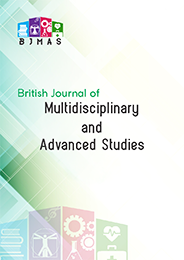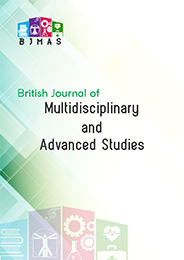Relation Between Food Intake Pattern, Body Weight Status and Severity of COVID 19 Infection in Benghazi, Libya
DOI:
https://doi.org/10.37745/bjmas.2022.04221Abstract
The coronavirus disease 2019 (COVID-19) isolation has altered individuals’ food purchasing behavior and dietary intake patterns. Therefore, this study aims to investigate the changes in the nutritional status and body weight in relation to severity of the disease in Benghazi city during the COVID-19 lockdown. This cross-sectional study involved 206 young adults in Benghazi got previous infection. The changes in dietary intake patterns were assessed using the Dietary Diversity Questionnaire with slight modifications, while anthropometric measurements including body height, body weight before the pandemic and current body weight were self-reported. The analyzed by Chi square or T test at α< 0.05 for statistically differences. Overall, nearly one third of the respondents (48.8%) gained weight during the confinement, with an average increment of 4.06 ± 3.23 kg. The subjects reported consuming less fruits and 60.2% had higher plain water intake during the pandemic. It is observed that 41.0% to 66.8% of the young adults changed their dietary intake patterns during the pandemic. Decreased consumption of cereals and grains and other foods were associated with weight loss during the pandemic. On the contrary, an increased water and other soft drink intake were associated with weight gain during the lockdown (P< 0.05). The relation between degree of symptoms and body weight status revealed that with increased the diseases severity the body weight and BMI sharply increased (P< 0.05). Increase the severity of diseases associated with significant reduced food intakes. In spit body weight increased. Furthermore, decreased food intake have been noticed for all food stuffs and also dietary intake patterns changed.
Downloads
Downloads
Published
Versions
- 19-01-2025 (2)
- 19-01-2025 (1)












